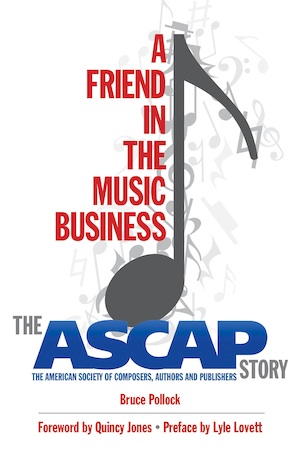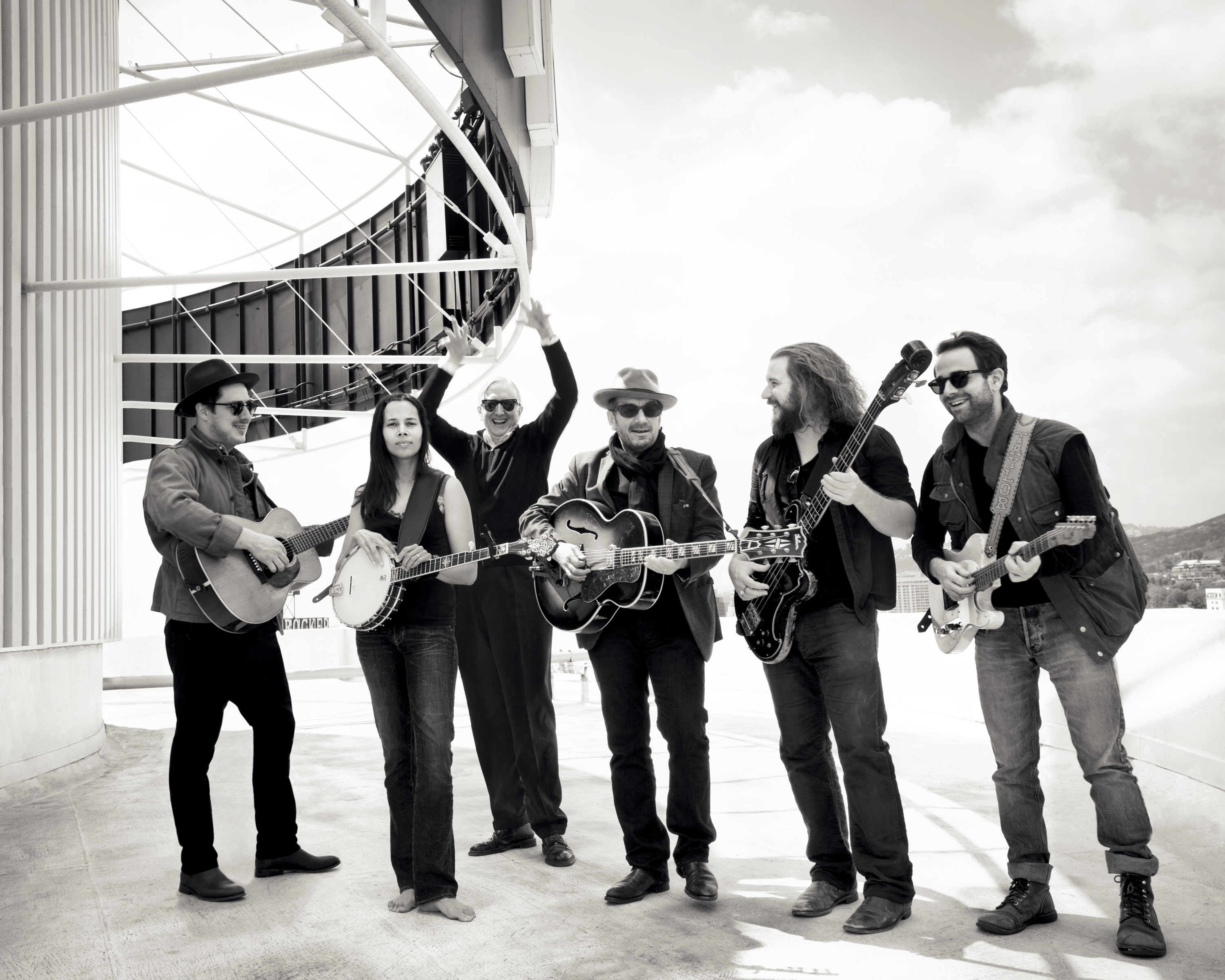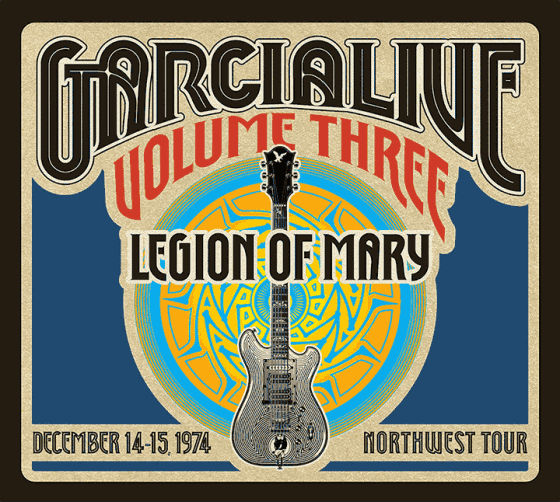
The Band: Pioneers of Americana Music
By Craig Harris
(Rowman & Littlefield)
Videos by American Songwriter
When The Band released its debut album, Music From Big Pink, in 1968, their impact on other musicians was huge. Musicians on both sides of the Atlantic, including The Beatles, The Rolling Stones, Eric Clapton and The Grateful Dead took notice and started returning to a more roots-oriented sound.
What The Band did was meld rock and roll, blues, R&B, gospel, traditional country and honky tonk, turn it inside out, and create a sound that was totally their own.
All were accomplished musicians, with three really good and very different singers. Onstage they were incredibly precise and one of the few groups that could duplicate what they did in the studio. Their concerts were no-nonsense affairs. It was all about the music.
The group, comprising one American and four Canadians, had come together as The Hawks, the backup band for rockabilly singer Ronnie Hawkins. Hawkins was from Arkansas, as was drummer Levon Helm, who joined The Hawks after graduating from high school in the ’50s. A relatively minor figure in America, Hawkins was big in Canada where the gigs were plentiful. Hawkins’ band also served as a training ground for musicians, much the way Muddy Waters’ band did for blues and Bill Monroe’s did for bluegrass. A lot of great musicians such as Roy Buchanan passed through the Hawks. Robbie Robertson was first to join, followed by Rick Danko, Richard Manuel and Garth Hudson. Hawkins, however, was a stern taskmaster with a lot of rules, and eventually the group that became known as The Band struck out on their own, usually as Levon & The Hawks, but also the Canadian Squires. They became one of the most legendary and explosive bar bands in Toronto while even occasionally venturing into the United States.
Craig Harris’ book is the third major book on The Band, the other two being Barney Hoskyn’s Across The Great Divide and Levon Helm’s autobiography, This Wheel’s On Fire. At times the book is riveting, particularly the interviews with various group members about their beginnings, and also the period before and after The Last Waltz.
However, the book is also riddled with wrong names and facts, errors in continuity, and numerous other contradictions.
After a brief opening chapter about Tour ’74, Dylan’s reunion tour with The Band that was also his return to touring after an eight year layoff (with a few sporadic appearances), Harris goes into a detailed history of the folk movement, going all the way back to labor organizer/songwriter Joe Hill. During this history, he mentions the song, originally a poem by Alfred Hayes set to music by Earl Robinson, “I Dreamed I Saw Joe Hill Last Night,” and suddenly the book switches to 1969 to Joan Baez singing it at the Woodstock Festival. The point is, if you’re going to delve into that kind of history, then mention the man who first made the song famous, namely Paul Robeson, who recorded it on the album Songs of Free Men for Columbia Records in 1942.
During this history of folk music, Pete Seeger talks about the night he met Woody Guthrie at a midnight benefit concert for agricultural workers. At the concert was a square dance troupe of which Seeger’s future wife was a member. The leader of the troupe was Margot Mayo. Harris calls her Margo Meyer. Mentioning the group The Weavers who were blacklisted in the ’50s, and talking about their 1955 reunion concert at Carnegie Hall, Harris says they signed to Folkways Records. Wrong!
The label was Vanguard, and the reason this is important is that album, The Weavers At Carnegie Hall was pretty much Vanguard’s entry into folk music (they were a classical label). Vanguard would become a major folk label in the ’60s, and explore Chicago blues with a three-disc compilation in addition to albums by Junior Wells, Buddy Guy and others. The purpose of all this folk music history of course is it leads to Bob Dylan. It should not be hard to get the details right.
Levon Helm And Songwriting: Robbie Roberston and Larry Campbell Weigh In
There are no footnotes in the book. This means that unless Harris qualified a quote, you never know whether you’re reading an interview Harris conducted on his own or someone else’s. Harris does provide a lengthy list of acknowledgments in the beginning of the book. Reading the acknowledgments, I was surprised, gratified, curious, and ultimately mystified to see my name. I’ve written about The Band and interviewed both Danko and Helm, but was never contacted to use those interviews. I also noticed the name of a friend of mine, another music journalist, that was spelled wrong.
I immediately looked in the index to see what was used, but my name wasn’t listed. Finally, I came across my name on page 125. The problem is Harris says it’s from an interview I did in 1999. It is not my quote! I interviewed Rick Danko on his first solo tour in 1977. Later on, Harris quotes from my review of Helm’s album Dirt Farmer. The quotes are accurate, but he takes various lines from various parts of the review and puts them all together in one paragraph as if they were one.
More problems: One of the first people whom various members of The Hawks recorded with was blues singer John Hammond (Jr.). In 1964, Levon Helm, Robbie Robertson, and Garth Hudson joined Hammond on his album, So Many Roads. Also on the session was Michael Bloomfield (playing piano) and Charlie Musselwhite on harp. The album was released in the spring of 1965. This was the first I heard, not only of the guys who would become The Band, but also of Bloomfield and Musselwhite. A few months later when I saw Robertson and Helm (and five weeks later the entire Hawks) back Bob Dylan, my reaction was, “Oh, the guys from the Hammond album.”
In 1965, Robertson and Rick Danko would record another album with Hammond, I Can Tell. Harris says they recorded So Many Roads after playing with Dylan and he also mixes the two albums together! He also says it was intended to be Hammond’s debut. Hammond’s debut album was released by Vanguard Records in 1963. So Many Roads was his third released album followed by an album called Country Blues also released in 1965 that was actually recorded first. (Every discography on the internet has this information wrong.) I Can Tell was eventually released on Atlantic Records in 1967. The album was produced by Jerry Lieber and Mike Stoller for their label Redbird. Redbird folded before the album was released, and the album was eventually picked up by Atlantic. Harris says Lieber and Stoller rejected the record. They didn’t reject it – they produced it. I interviewed John Hammond in 1977, and have him on tape saying this. So Many Roads was one of the first examples of young white musicians playing Chicago blues, and it led a lot of people to the music of Muddy Waters, Jimmy Reed, Otis Rush and other blues greats. It’s also important because on this record you can hear the beginnings of the sound Bob Dylan would get onstage with the Hawks in the fall of 1965 and the first five months of 1966.
Harris also delves into the songwriting royalties feud between Levon Helm and Robbie Robertson early in the book while writing about Music From Big Pink. In the real world, Robbie Robertson did what every other songwriter in every other band at the time did, whether it was Lennon and McCartney, Jagger and Richards, Brian Wilson, John Sebastian, Ray Davies or Lowell George. And it’s not like there aren’t shared credits on albums by The Band. Richard Manuel wrote three songs on the first album, and I’m sure the rest of the Band contributed to those songs, but they never get mentioned. Either way, you can’t say, as Harris does in talking about “The Night They Drove Old Dixie Down,” that “Co-writer Helm guided Robertson in his preparations for writing the song.” I’m sorry, but taking somebody to the library to look up books on the Civil War or telling them about the South is not co-writing a song. Then, after all this, a few chapters later in talking about the post-Last Waltz Band returning to recording in the ’90s, Harris says, “Without Robertson’s input, however, new material proved evasive.”
There are innumerable other problems with this book, from not knowing what songs Richard Manuel sang to saying that the Staple Singers and Emmylou Harris appeared at The Last Waltz. They were in the movie, but were not at the concert. The venue where The Last Waltz took place is also wrong in the book. The show took place at Winterland, not Wonderland.
Dogged by factual errors throughout, Harris’ book also never really delves into The Band’s influence on what is called Americana Music. Maybe if Harris had had a knowledgeable editor and proofreader, this book would be worthwhile. Clearly, he didn’t. As it stands, there are too many things wrong for this book to be close to credible. The problem is some kid who wants to know about music is going to pick it up and think it’s the truth.













Leave a Reply
Only members can comment. Become a member. Already a member? Log in.